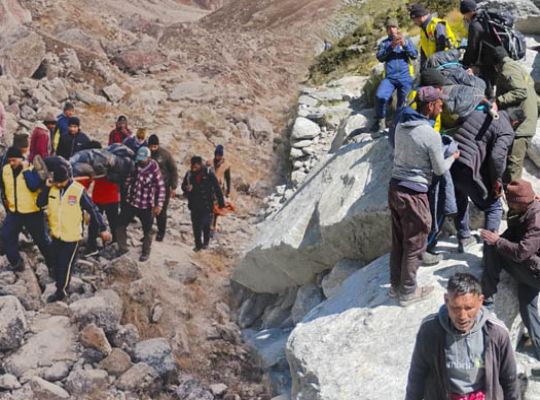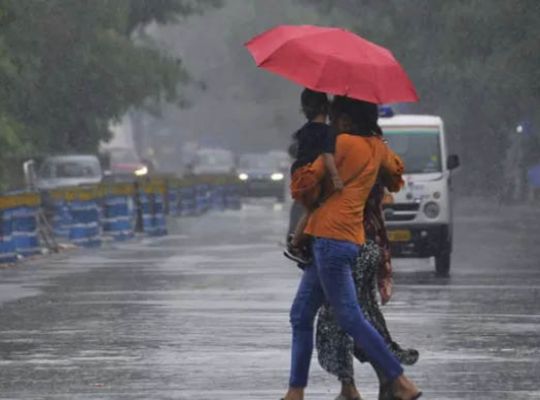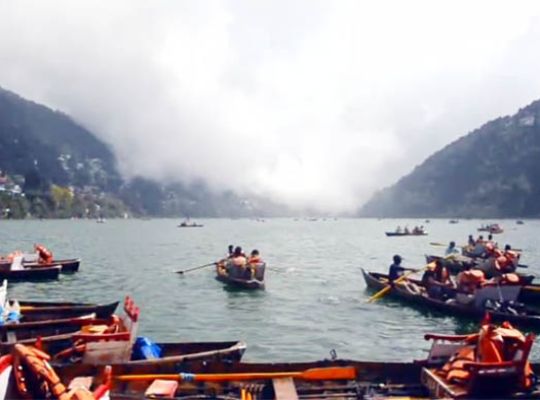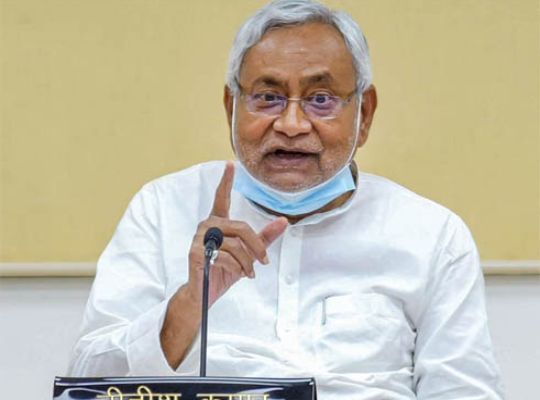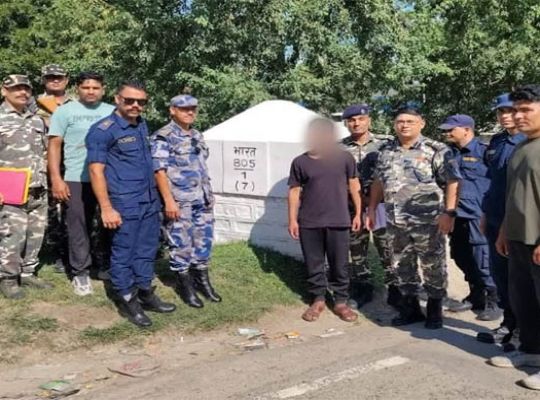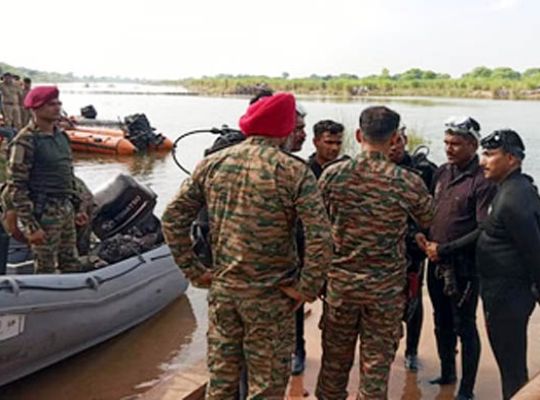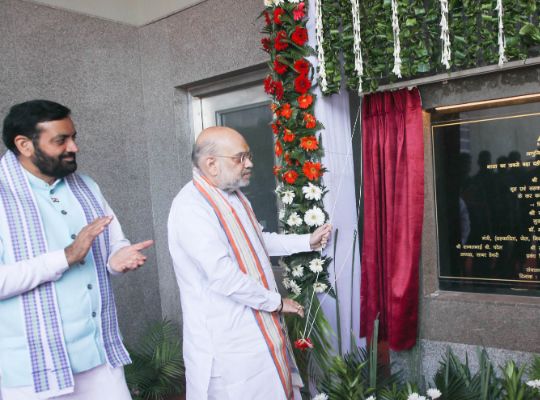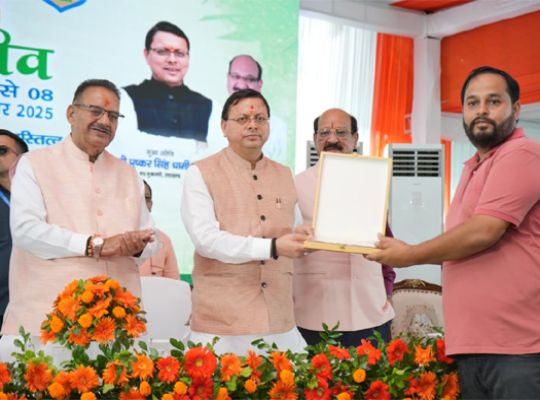Nostalgic:Where is that Nainital from the pages of history now?Do you have same memories that I have?

Yesterday night, when I started contemplating a small write-up on my memories of Nainital, I started thinking what Nainital means to me. The belonging, of course; the never ending rainy days with lush green hills, bright sunny summer with overcrowded mall, and shivering winters or all of these and much more.
We grew up feeding on stories of Naini-wonderers, legendry Jivinji and hockey politics that gave rise to a strong Mohammedan’s Sporting in Nanital hockey. We grew up with stories of Sharda Sangh and its contribution to Youth Building & institutionalising classical music. We also grew up with stories of differences in bate and bites of Mahasheer, Mirror Carp and Trout. In late 1950s, the Flats (play ground) was experiencing its first metamorphosis: the wooden Gymkhana was being replaced by concrete stadium. It was a sort of Nationalisation, a takeover by state - of what was local institution, our own sporting complex. With superannuation of Dada, the legendry hockey coach and sports officer of DSA, the takeover was complete. The DSA became a state property with locks all over the rooms and almost no activity, after three main events. But we found ways to get into these rooms, and played table tennis, unlocking the windows, in the cold winter night, till someone complained. But I will ponder on all these stories some other time. I remember Dada, with lot of reverence and some despise, today. He was the first sports officer of DSA Nainital and a great hockey couch. Dada institutionalised hockey in Nainital. It was great seeing hockey flourish and nearly all of us got insights on full-ground hockey. But he also was instrumental in killing the sporting spirit in Nainital. In late 1950s and early 1960s we used to play hockey in summers, football in rainy seasons and cricket in winters, in small patches all over the flats. Boys aged between 8 year and 15 years would fight for place to play in their assigned spaces. This soon changed and the main field became the only place where each one of us would like to play. By late 1960s all sporting activities were confined to the main field and the entire place, around it, became devoid of sporting activities. No more hockey or football or cricket after 4. No more rushing back from school and throwing our ‘basta’ and grabbing a bite of roti before going to fields.
For most of us, born between late 1940s and early 1970s, the victorious moments of 1982 World Cup are engraved in our consciousness. This was perhaps the event that gave moments of joy to our otherwise listless life; a life surrounded with discrimination, poverty and unfreedom, a life seeing a caste-ridden, poor and unhealthy-uneducated country struggling to become Nation State. But for some of us at Nainital of early 1960s and mid 1970s, a young lad gave us cause to be happy and joyous, day-in and day-out. These words are my reverence towards Sudershan Sah, a young man during those days, for the joy and the happiness he gave to some of us, owing to his dedication to sports, be it hockey, football, or cricket. He was excellent in all these sports, and perhaps was at his best in cricket. He, to some of us, was Dhayanchand, Renaldo and Tendulkar rolled-in one. The joy of watching him play for DSB College or in Inter-club Tournaments was so exciting that we would forget all the trivial; what would linger, for hours, were the moves he made, goals he scored and the strokes he executed. It was sheer joy to us. Sudershan Sah, I thank you for all those moments.
Long before ‘Operation Flood’ came into being in India, we, at Nainital, were responsible for ‘Doodh ki Nadiyan’. But this is neither about Dr Kurien -- the technocrat-marketing guru so very necessary for a vertically integrated system -- nor it is about Tribhuwandas -- the link between producer and the Technocrat --; it is also not about the Market that is so very important for milk-butter/cheese/ice-cream system to operationalise. This, nevertheless, has something to do with the West of post-1950s, which was sitting on the heap of milk and milk products and wanted to get rid of these, so that the prices of these products in their respective countries do not crash. Therefore, initially, these Western Countries started donating the processed dried milk to India. CRST Inter College, in 1957, also received large supplies of dried milk, which was constituted & distributed as liquid milk to us, the students. The milk -- owing to bad storage or poor preparation method or god knows why -- was unpalatable, tasteless, disgusting and foul. As we were unable to drink the liquid milk, an easy way was draining it in open. I have no idea about the strength of CRST at that time. But when nearly whole of the college saw that the milk drain well, the steep path between Mall road and CRST had converted into a stream of milk. I also do not remember for how long this went on but latter I came to know that Dr Kurien convinced the West as well as Government of India that donated milk is creating a glut in Indian markets and milk producers in the country were unable to get remunerative prices and this was not conducive for milk production in the country. So, thankfully to us, the ‘Operation Flood’ ended the powered milk donation for free distribution. Instead all the dried milk was given to IDC-NDDB, which was properly reconstituted for dry season sales. I some time think, but for the Milkman of India, we students at various schools of Nainital specially the Hindi Medium schools would have been victims of milk donation.
Arun Kumar Shah
author



